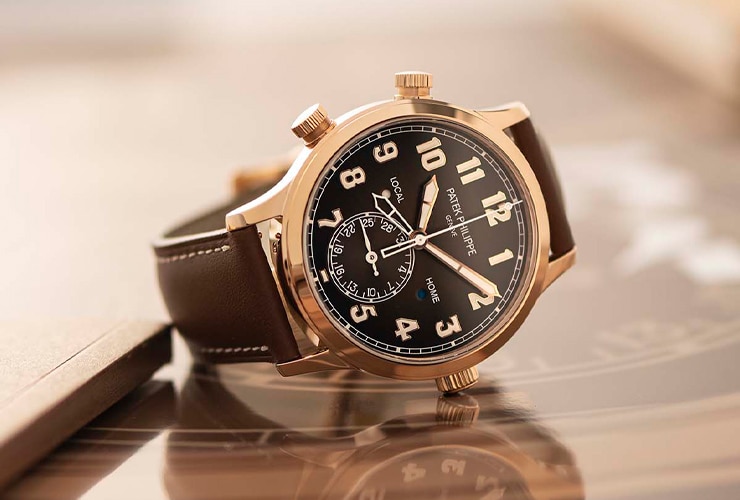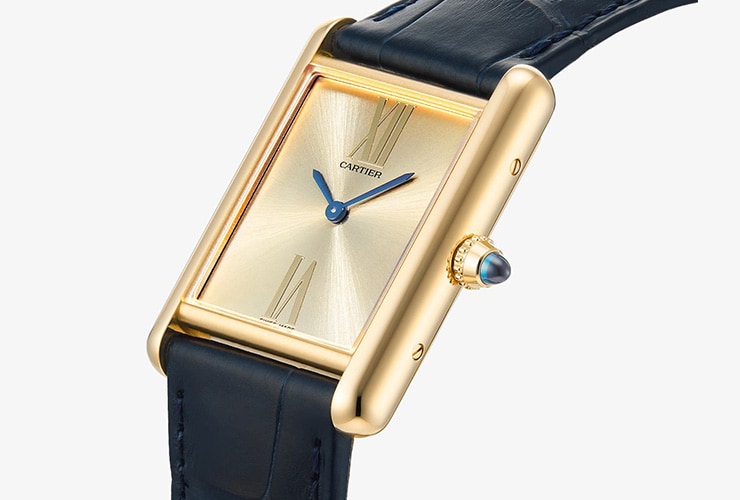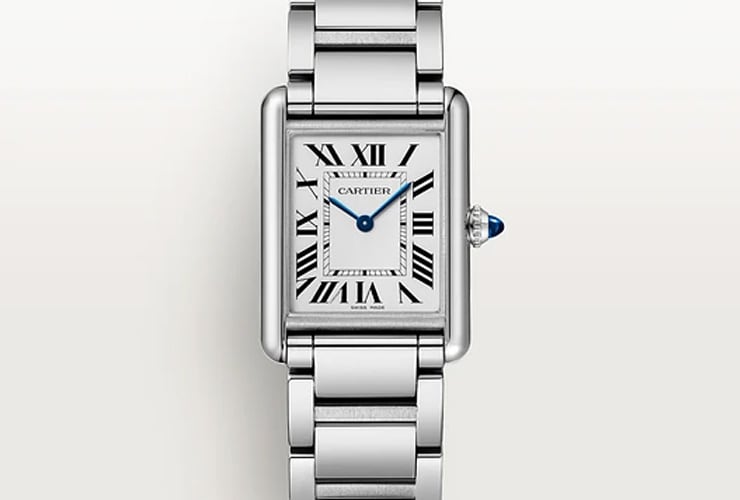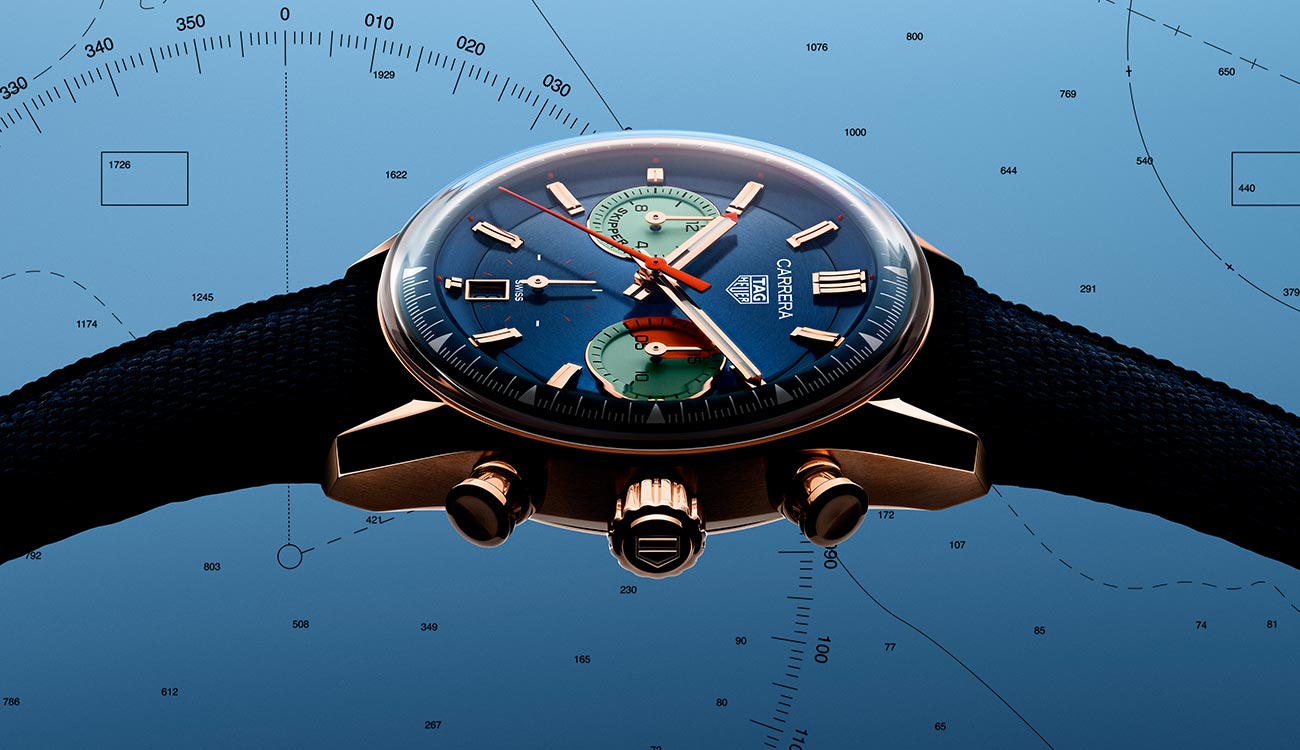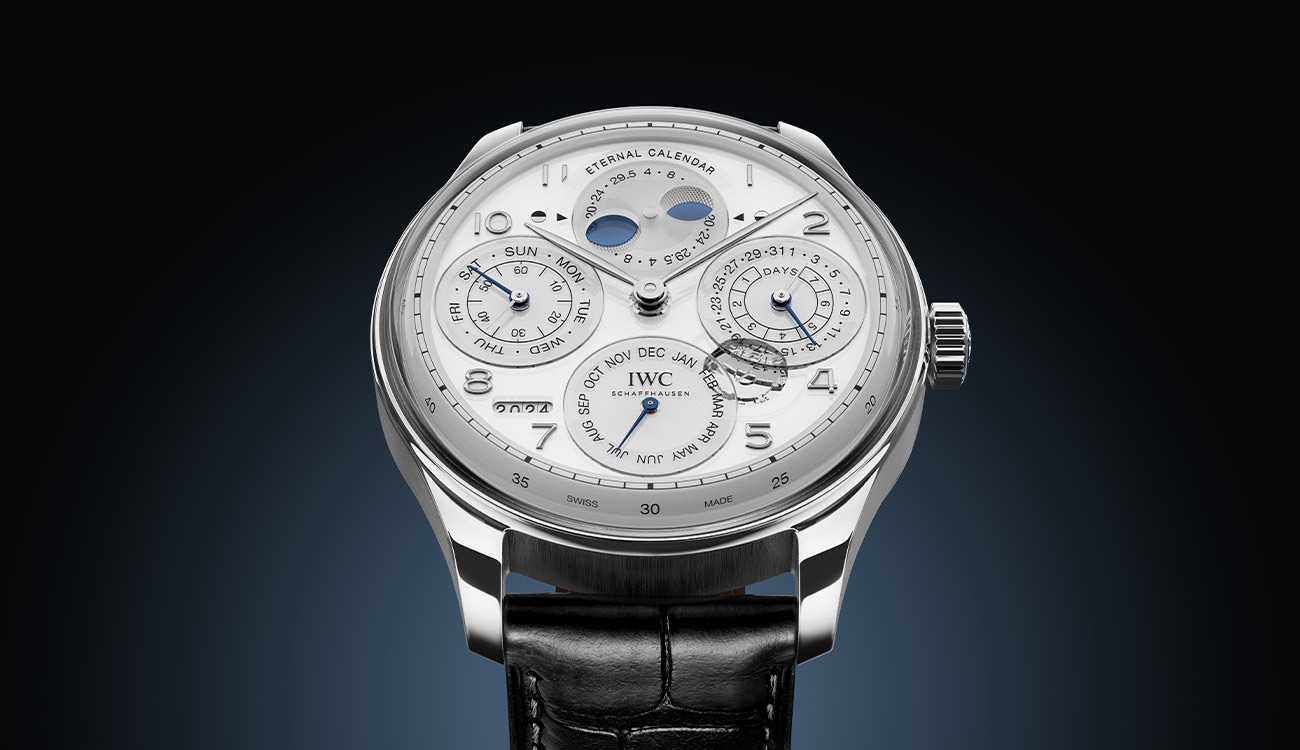- Sale
-
Brands A-Z
FeaturedBrands A-Z
-
Rolex
FeaturedBy Collection
- Rolex Certified Pre-Owned
- Patek Philippe
-
Mens
By TypePopular StylesBy EditPopular Brands
-
Ladies
By TypePopular StylesBy EditPopular Brands
-
Pre-Owned
By TypePopular Brands
-
Sell Your Watch
Sell your watchWe will expertly assess your watch and offer you
a competitive and accurate valuation for the
watch you wish to sell to us.Free Instant Valuation
Drop off at any Showroom
Unrivalled Knowledge & Expertise- Calibre - Watch News & Stories
- Calibre - Watch News & Stories
- Shop by Category
- Sale
-
Brands A-Z
- Back
- View All Brands
-
Brands
- Arnold & Son
- BALL
- Bamford
- Baume & Mercier
- Bell & Ross
- Blancpain
- BOVET
- Breguet
- Breitling
- Bremont
- BVLGARI
- Cartier
- Certina
- CHANEL
- Chopard
- Czapek
- DOXA
- Frederique Constant
- Garmin
- Gerald Charles
- Girard-Perregaux
- Glashütte Original
- Grand Seiko
- Gucci
- Hamilton
- H. Moser & Cie.
- Hublot
- ID Genève
- IKEPOD
- IWC Schaffhausen
- Jacob & Co
- Jaeger-LeCoultre
- Shop The Collection
- Kross Studio
- Longines
- Louis Erard
- Maurice Lacroix
- MB&F
- Montblanc
- Nivada Grenchen
- NOMOS Glashütte
- NORQAIN
- OMEGA
- Oris
- Panerai
- Parmigiani Fleurier
- Patek Philippe
- Piaget
- QLOCKTWO
- Rado
- RAYMOND WEIL
- Rolex
- Rolex Certified Pre-Owned
- Seiko
- Speake-Marin
- TAG Heuer
- Tissot
- TUDOR
- Ulysse Nardin
- Vacheron Constantin
- William Wood Watches
- WOLF
- ZENITH
- Rolex
- Rolex Certified Pre-Owned
- Patek Philippe
- Mens
- Ladies
-
Pre-Owned
- Back
- Shop All Pre-Owned
- Pre-Owned Home
- By Category
-
By Brand
- Certified Pre-Owned Rolex
- Pre-Owned Patek Philippe
- Pre-Owned Cartier
- Pre-Owned OMEGA
- Pre-Owned Breitling
- Pre-Owned TAG Heuer
- Pre-Owned TUDOR
- Pre-Owned Jaeger-LeCoultre
- Pre-Owned IWC Schaffhausen
- Pre-Owned Blancpain
- Pre-Owned Breguet
- Pre-Owned Chopard
- Pre-Owned Panerai
- Pre-Owned Rado
- Pre-Owned Vacheron Constantin
- Pre-Owned ZENITH
- Shop All Pre-Owned
- Sell Your Watch
- Calibre - Watch News & Stories
- My Account
- Wishlist
- Store Finder
- Book an Appointment
- Help & Support
The Datejust 31: the latest iteration of an icon
The Watches of Switzerland Group | 3 minute read

German-born British entrepreneur Hans Wilsdorf was just 24 when he founded Rolex, driven by the ambition of making reliable, elegant wristwatches. Forty years later, in 1945, his now-flourishing company launched the Datejust, which would go on to become one of its most popular models of all time. The first automatic timepiece in the world with a date window, it was equipped with a specially designed Jubilee bracelet – a feature that’s a Rolex signature to this day. A decade on, the brand adapted the Datejust’s date-change mechanism so it would alter instantaneously, adding a cyclops lens over the aperture later to magnify the date for easier reading. Today, the Datejust is a horological icon, and the 31mm Oystersteel and yellow-gold version (£11,150) pictured above demonstrates why it so richly deserves that accolade.
A super-accurate hairspring
The Oystersteel and yellow-gold Datejust 31 houses Calibre 2236, Rolex’s new automatic movement with an approximate 55-hour power reserve. It’s fitted with the brand’s patented silicon Syloxi hairspring, which remains 10 times more precise than a traditional steel hairspring even when exposed to shocks, magnetism and temperature fluctuations. Its clever construction makes it gravity-resistant too, meaning it maintains its equilibrium and therefore regularity in any position, making it a highly reliable timepiece for everyday wear.
An array of world-first features
Visually, the Datejust’s stand-out feature is undoubtedly the aforementioned cyclops lens. It’s one of the most distinctive Rolex features, and among the most recognisable. While the Datejust has had a date aperture since 1945, the cyclops lens wasn’t a feature until 1953. Wilsdorf is believed to have come up with the idea after a drop of water landed on his watch, magnifying part of the dial. Speaking of water, Rolex’s famous Oyster case, invented back in 1926, was another world first for the brand. It has a patented screw-down bezel, case back and winding crown. The 31mm Oystersteel and yellow-gold Datejust not only benefits from those sureties, making it water-resistant to 100m, but its winding crown also incorporates Rolex’s Twinlock double-waterproof system.
A host of case and dial options
The Datejust is available in three variations of Rolex’s Rolesor, its two-tone patented combination of stainless steel and either white, yellow or Everose gold, the last of these being the brand’s proprietary fade-proof alloy of 18-carat rose gold, copper and platinum. Ever the pioneer, Rolesor has featured in its collections since the 1930s and was first seen on the Datejust in 1948. Many versions feature the model’s renowned fluted bezel, some with diamond embellishment, and are either set on Rolex’s famously supple five-piece link Jubilee bracelet or Oyster bracelet, fitted with the brand’s concealed Crownclasp or Oysterclasp. The choice of dial materials and colours is equally broad. This Oystersteel and yellow-gold version shimmers with mother-of- pearl, offset with diamond-dot hour markers. Because no example is the same – it can differ in colour, intensity and structure depending on what part of the shell it was extracted from – uniqueness is mother-of-pearl’s USP. Just the thing for those seeking a truly one-and-only watch.
Sign Up For Calibre Newsletter
Get a round up of the latest stories from Calibre every month, directly to your inbox.
© 2025 Watches of Switzerland
Watches of Switzerland is a trading name of Watches of Switzerland Company Limited. Registered Office: Aurum House, 2 Elland Road, Braunstone, Leicester, LE3 1TT, Registered in England and Wales, Company number 00146087. Registered VAT Number 834 8634 04. Watches of Switzerland Company Limited acts as a broker and not a lender and offers finance from Secure Trust Bank PLC trading as V12 Retail Finance and PayPal UK Ltd, 5 Fleet Place, London, United Kingdom, EC4M 7RD trading as PayPal Credit. Watches of Switzerland Company Limited is authorised and regulated by the Finance Conduct Authority. Our registration number is 308710. *Credit is provided subject to affordability, age and status. Minimum spend applies. Terms and Conditions apply. UK residents only. Not all products are regulated by the Financial Conduct Authority and FOS protection will not be extended to unregulated agreements. Please note the Consumer Credit Act states that should your purchase / loan amount cost more than £30,000 you will not be covered under Section 75 of the Consumer Credit Act.
*Next day delivery available on most items. See product pages for more information.

